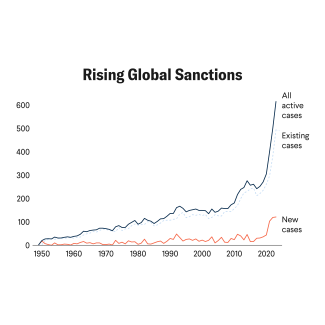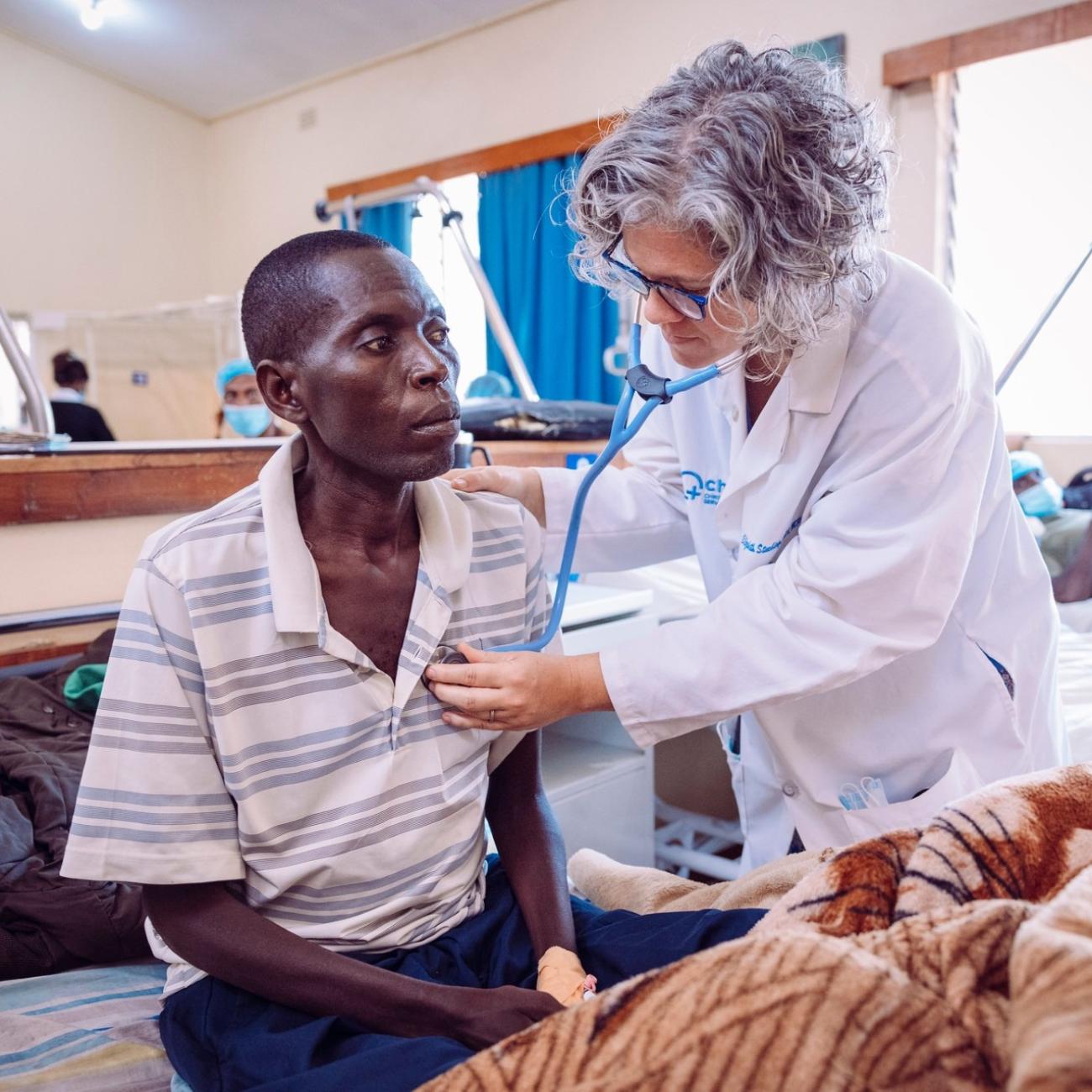On March 27, the U.S. Department of Health and Human Services announced a major overhaul and 20,000 layoffs aimed at Making America Healthy Again, marking a significant shift in national health priorities. This effort follows the White House's February 13 executive order outlining the new vision and purpose for U.S. health care. The executive order establishing the Make America Healthy Again (MAHA) Commission lists priorities for research and policy, beginning with increasing the nation's life expectancy. Americans, on average, can expect to live to 78.4, whereas citizens of Australia, Canada, and Germany live on average more than four years longer, to 82.5.
To address that shortfall, the executive order charges the MAHA Commission with investigating "the root causes of why Americans are getting sick" and ensuring that "our health-care system promotes health rather than just managing disease."
U.S. public health officials should fight for big, bold solutions that work for everyone. To help Americans live longer and healthier lives, policymakers should address what researchers call the causes of causes for ill health. For instance, heart disease is the leading cause of death, but the causes are complex.
Inequality deserves much of the blame. In 1980, Americans in the country's poorest 314 counties were 9% more likely to die before reaching average life expectancy than those in the richest. That proportion soared to 61% by 2020, driven mainly by clusters of comorbid chronic conditions closely linked to poverty.
U.S. leaders should ensure that every American, regardless of means, can access a health-care provider
Across the nation, American men with incomes in the top 1% can expect to live to 87. Men with incomes in the bottom 30% see an average life expectancy of just 72—14.6 years fewer. For women, the difference is 10.1 years. The same trend is seen at the state level, with Californian's life expectancy sitting at 78.3 despite a 14-year gulf separating the richest and poorest households. America's death rate gap even divides individual neighborhoods: In Louisville, Kentucky, parts of the poorer West End have life expectancies 12 years lower than parts of the wealthy East End.
In areas where health-care systems fail, the life expectancy problem gets worse. Native American and Alaskan Native populations have an average lifespan of just 65.2 years, due largely to health-care underfunding so severe that many reservation hospitals lack basic equipment and other resources.
All this evidence points to one clear starting point for the MAHA Commission: U.S. leaders should ensure that every American, regardless of means, can access a health-care provider. Countries with universal access to basic care boast life expectancy rates 10 years higher than counterparts without such access. To match them, U.S. leaders should reinvest in community health centers so anyone can see a doctor or pharmacist regardless of their health insurance. This will allow health workers to serve communities with the lowest life expectancies more effectively.
If the MAHA Commission really wants to increase life expectancy, it should work to provide consistent preventive care, including routine checkups, immunizations, lifestyle counseling, and medications. Simple, low-cost tests that detect heart disease, certain cancers, and other chronic conditions can delay or prevent many leading contributors to early death.
Bold action is also required on other contributors to preventable disease, such as "nutrition, physical activity, healthy lifestyles . . . and food and drug quality and safety" to improve life expectancy. Just as all Americans need adequate access to health care, every household needs enough healthy food.
For most families, cost presents the greatest barrier to good nutrition. By some measures, the Supplemental Nutrition Assistance Program (SNAP) remains the country's most effective tool for lifting Americans out of poverty and improving population health. Expanding SNAP in 2009 enabled millions more families to put food on the table. The results were healthier children and lower health-care costs.
Raising the minimum wage would also improve national eating habits. Low wages force families to rely on cheap, less-nutritious food that contributes to chronic health problems. In most states, a person must earn about $17 per hour to afford a two-bedroom apartment. Yet Congress has refused to act, leaving the minimum wage at $7.25 for 16 years and making it nearly impossible for many families to secure health care, food, housing, and other necessities.
Throughout the first two phases of their work—a report, due in less than three months, and a plan of action due in six—the MAHA Commission will find opportunities to improve the nation's life expectancy by addressing inequality. They should seize those opportunities, prioritize communities with the greatest need, and take bold action. Policies that target the circumstances we live in affect public health far more than policies that seek only to change individual behaviors. That fact makes U.S. life expectancy crisis unique. The country has the resources to fix the problem, which continues only because of our policy failures.
What policy creates, policy can undo. The United States has long been the world's richest nation but never its healthiest. It can, and should, do better.
EDITOR'S NOTE: The views expressed in this article are the writer's own.


